Here’s what you need to know about the bill that will help you navigate your hunting and fishing waters with confidence
While hunters and anglers are known to enjoy their traditions, 21st century technologies have been widely integrated when it comes to clothing, optics, and ballistics.
Yet there is no technology more revolutionary to the modern hunter and angler than GPS and digital mapping. These tools—often housed in smartphone applications such as onX—have transformed the way hunters and anglers navigate their public lands and waters, but there are still growing pains with this technology as federal documents containing valuable access and regulation information must be made more readily available to the public, specifically in the digital space.
The Next Step in Modern Access
The MAPWaters (Modernizing Access to our Public Waters) Act builds on the momentum of the successful MAPLand (Modernizing Access to our Public Land) Act, which was signed into law in 2022.
Just as the MAPLand Act requires our public land agencies to digitize records of easements or rights-of-way across private lands, making it possible for the public to understand where public access has been formally secured in legal records, the MAPWaters Act will direct federal agencies to digitize water and fishing access and recreational use information on federal waterways and make those resources readily available to the public.
This one-two legislative punch will expand public access opportunities and reduce conflict between landowners, managing agencies, and recreationists as everyone will have easy access to the facts about rules and regulations.
The federal waterways specified within MAPWaters include any portion of a body of water managed, or partially managed, by the Bureau of Reclamation, the National Park Service, the Bureau of Land Management, the United States Fish and Wildlife Service, and the Forest Service.
This newly digitized public information would include:
- Status information on which waterways are open or closed to entry or watercraft, including watercraft inspection or decontamination requirements.
- The areas of waterways with restrictions on motorized propulsion, horsepower, or gasoline fuel.
- Types of watercraft that are restricted on each area of a waterway, including the permissibility of canoes, rafts, motorboats, airboats, snowmobiles on frozen bodies of water, etc.
- The location and boundaries of fishing restrictions on recreational and commercial fishing, including full or partial closures, no-take zones, and fishing restrictions within or surrounding marine protected areas.
- Fishing restrictions concerning equipment or bait, such as restrictions on the use of barbed hooks or live bait and catch and release requirements.
Locations of boat ramps, portages, wake-zones, as well as depth charts and the operating hours of federally managed buildings and services near these waters would also be made available.
Why We Need MAPWaters
Much of this information can be found in agency documents but is difficult for the public to discover and access. For example, in the Code of Federal Regulations, the U.S. Fish and Wildlife Service includes 42 pages worth of National Wildlife Refuge recreation rules, many of which are tied to waterway navigation and fishing.
The environmental and budgetary factors influencing the management of the thousands of miles and acres of federal waters often make it difficult to construct and maintain physical markers and signs to inform water recreationists of regulations and restrictions. Even where signs have been posted, they are often torn down or physically located at a body of water—which requires driving to the lake or river to read them and discover the rules.
People are busy, and a lack of easily accessible information about recreational access on public water results in days lost enjoying the outdoors. If the danger of breaking fishing regulations because of a lack of available information keeps anglers from fishing certain waters, the American public is being deprived of valuable opportunities to enjoy the outdoors. With the incredible advances in 21st century mapping technology, hunters and anglers should have the ability to reference their handheld GPS or digital mapping apps to instantly know the rules for recreation and where the boundaries of restricted areas are located.
The MAPWaters Act is designed to address these gaps in information by providing funding and guidance to our water management agencies to digitize mapping information about outdoor recreation so you can fish, boat, float, and relax on your public waters safely and legally with confidence.
It should be noted that the MAPWaters Act would not require the digitization or mapping of state or Tribal rules about navigation or fishing. Further, the legislation would not change the definition of navigable waters, affect the jurisdiction or authority of states or federal agencies to regulate navigable waters, or modify the authority or jurisdiction of federal or state agencies to manage fisheries.
Learn more about the status of the MAPWaters Act here, and learn more about TRCP’s work to enhance public hunting and fishing access here.

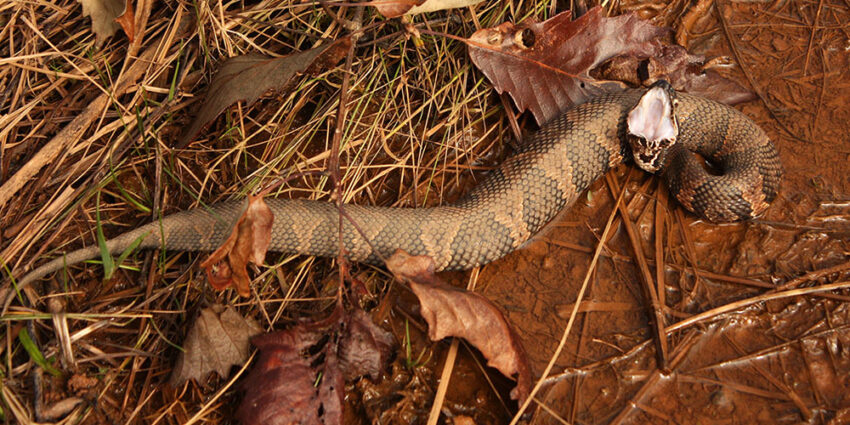
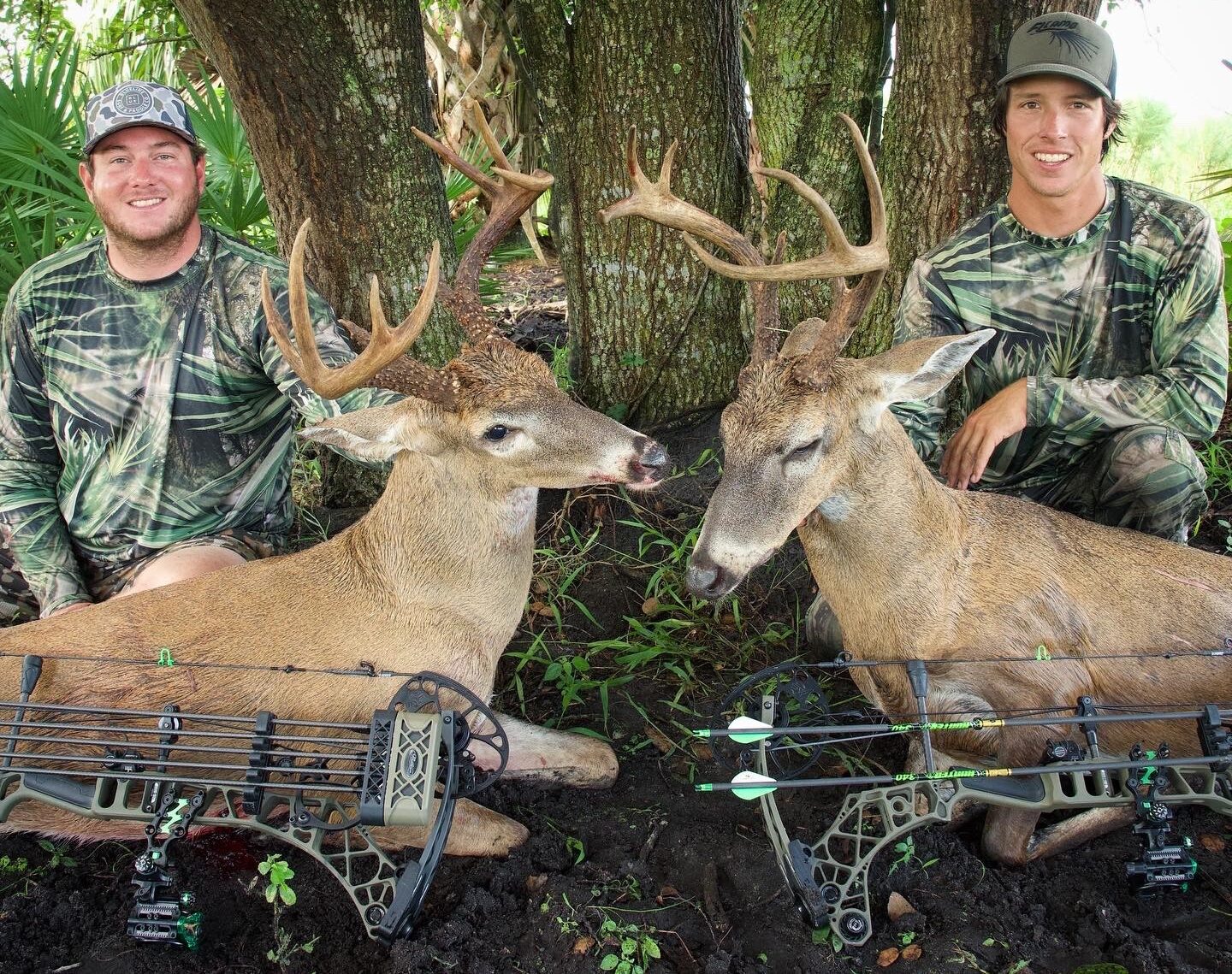
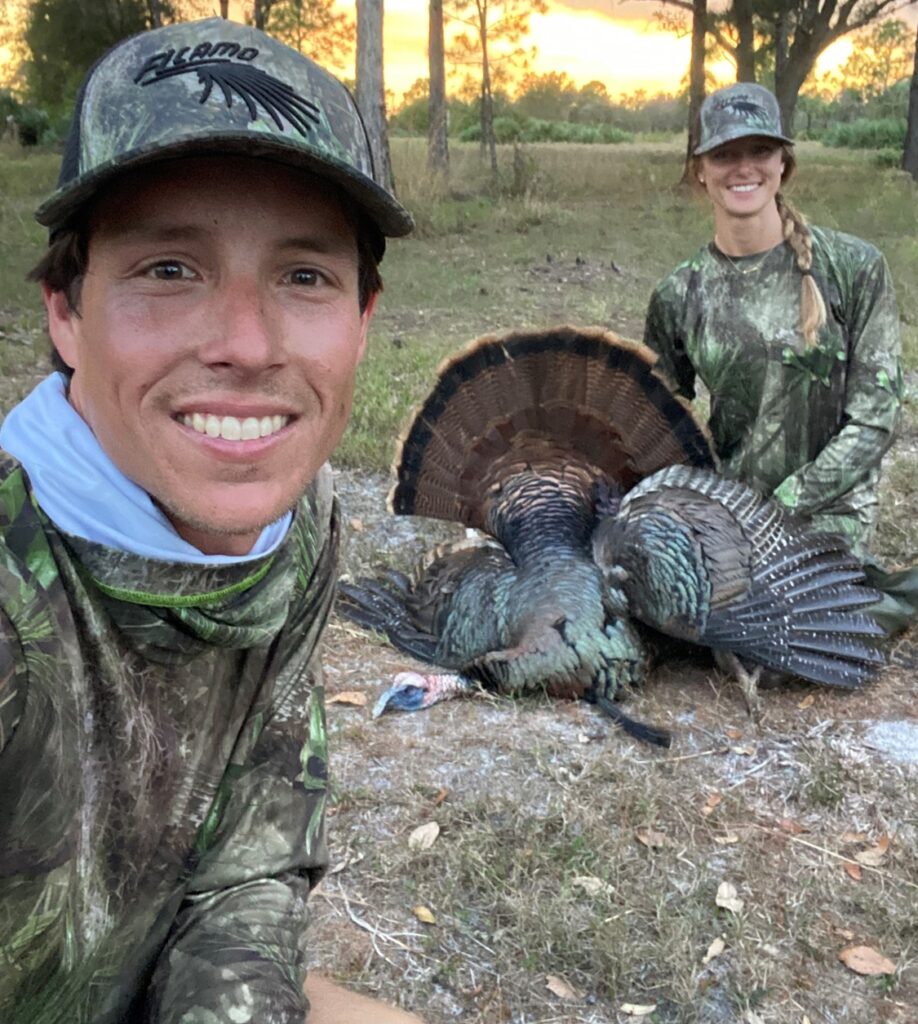
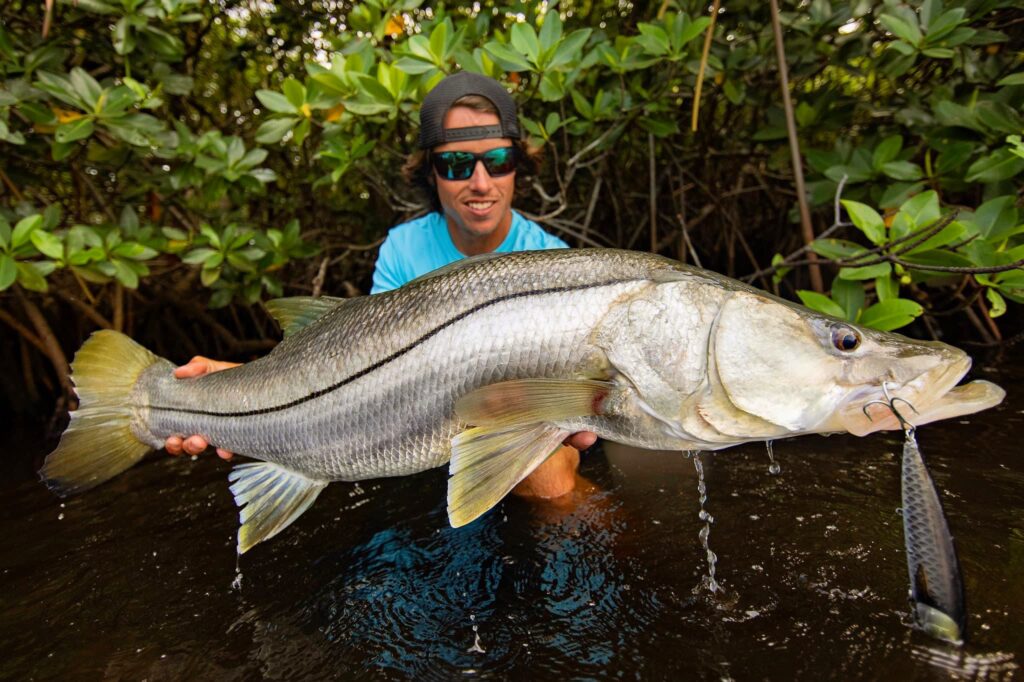
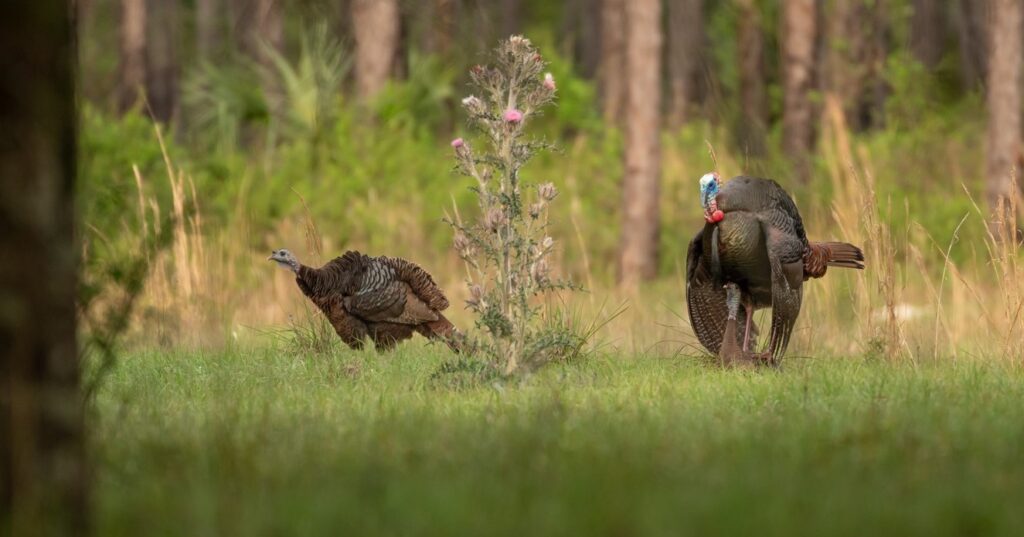
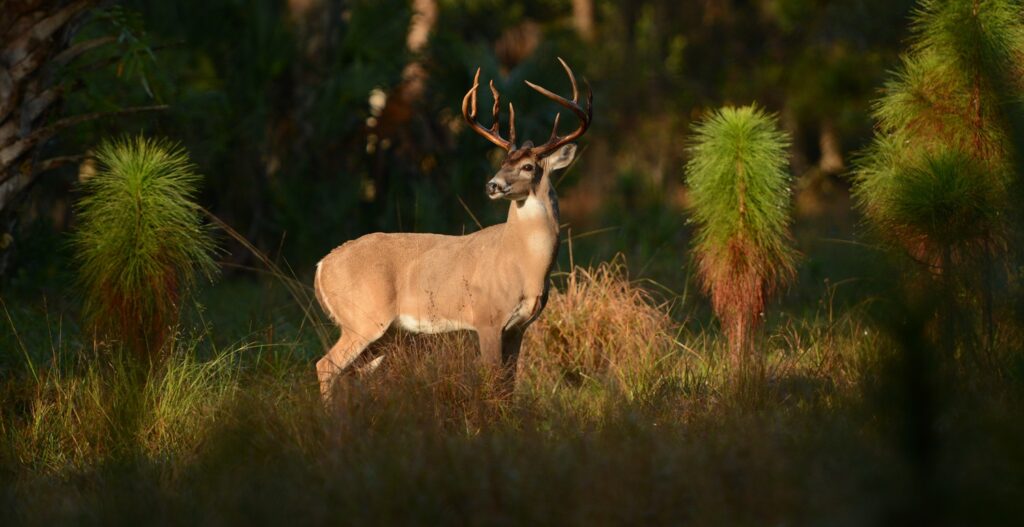




Just as the MAPLand Act requires our public land agencies to digitize records of easements or rights-of-way across private lands, making it possible for the public to understand where public access has been formally secured in legal records, the MAPWaters Act will direct federal agencies to digitize water and fishing access and recreational use information on federal waterways and make those resources readily available to the public.